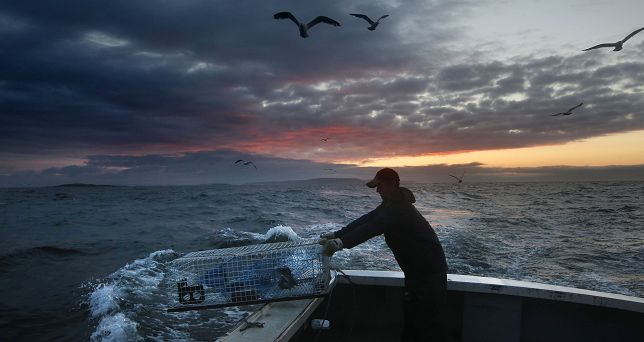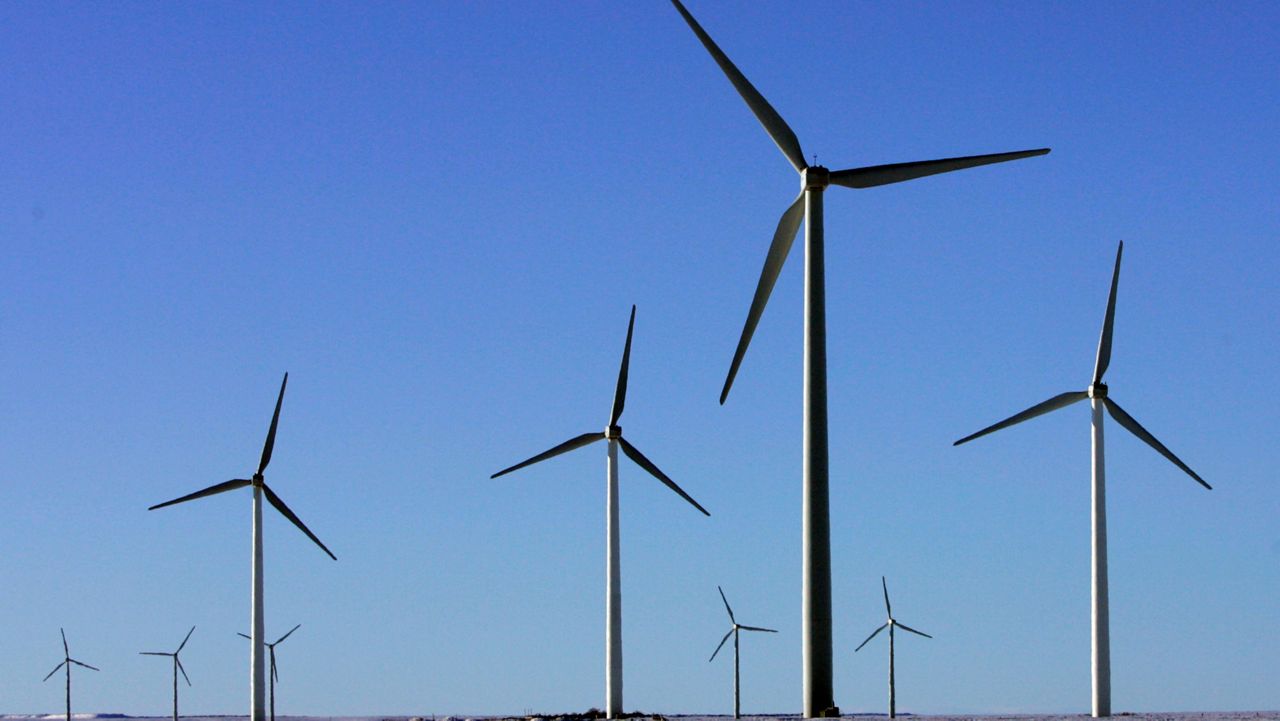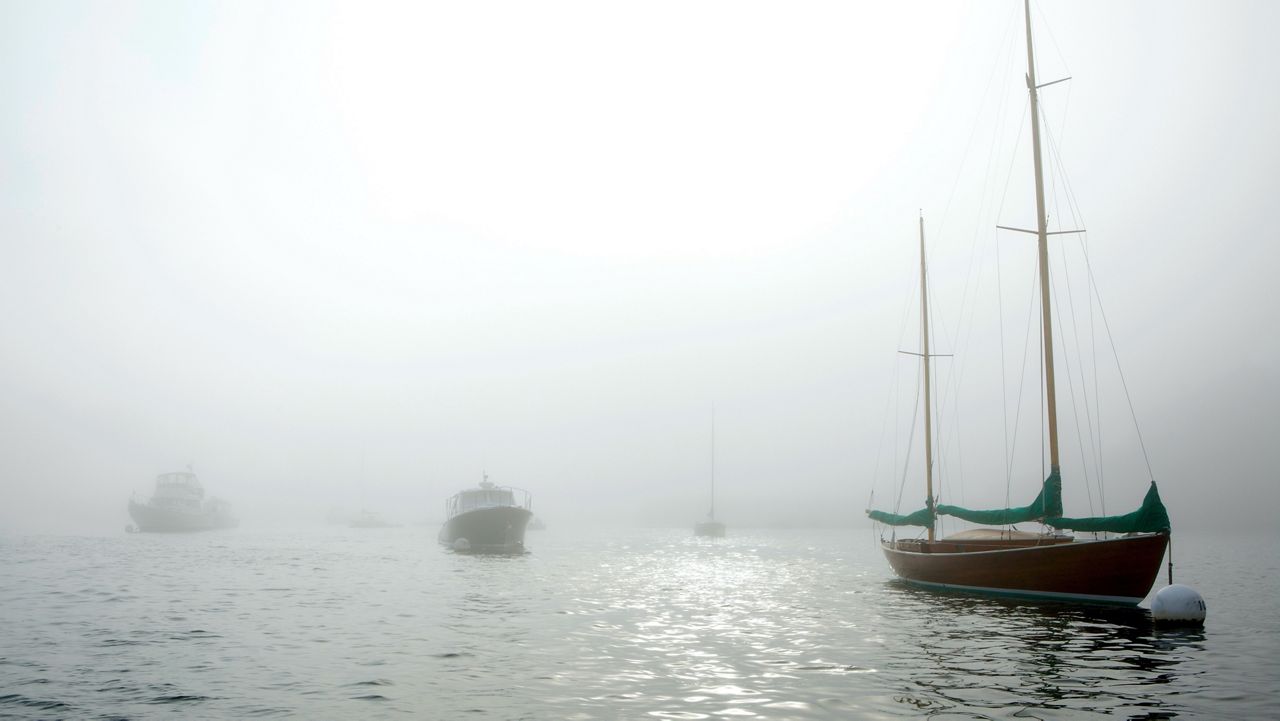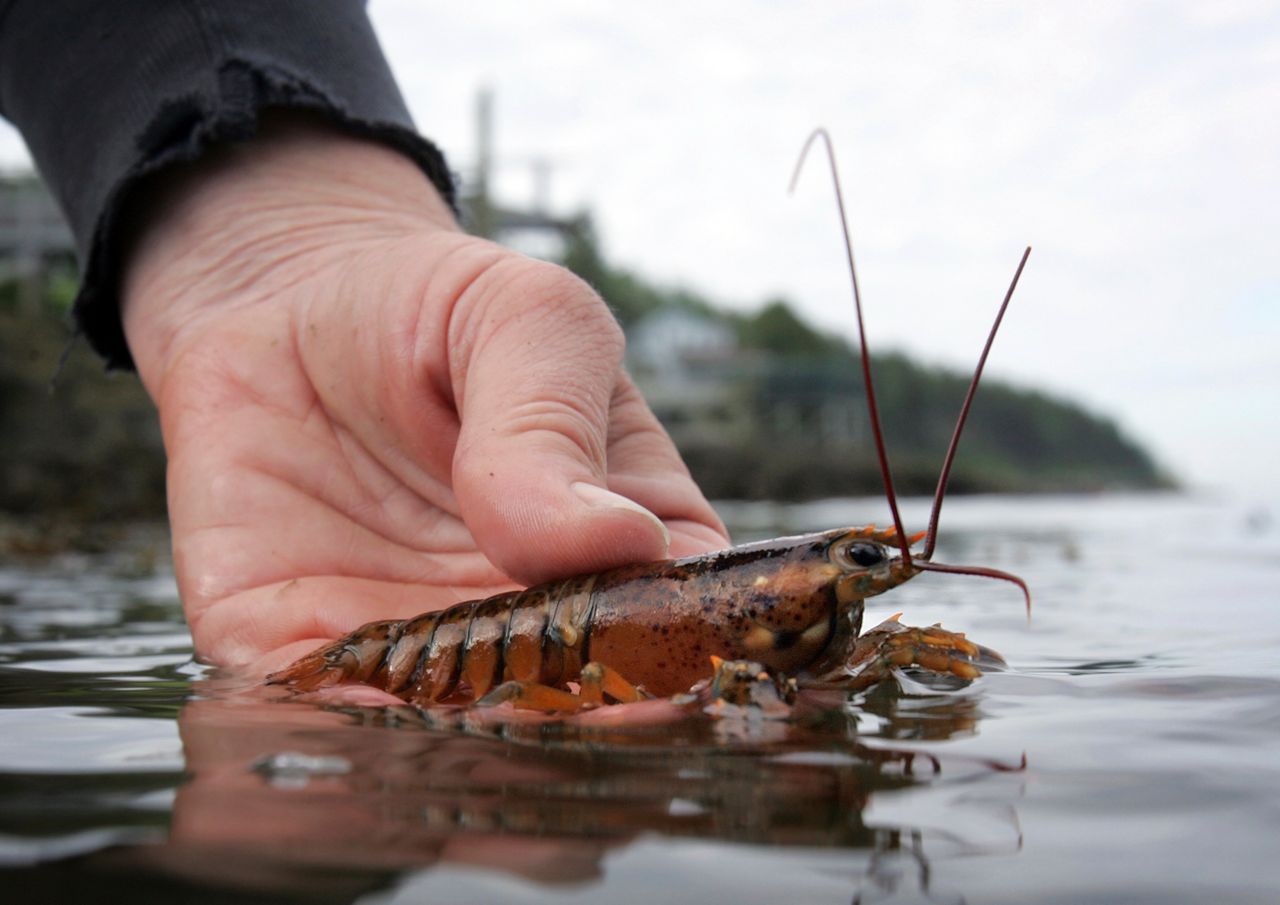The latest United Nations report on climate change carries another stark warning: the unmitigated, accelerating rise in global temperatures will soon outstrip humans’ ability to adapt in many ways, and the poor and marginalized people of the world will suffer most.
For Maine, it means continued movement of key species and disruption to fisheries, potentially growing inequality and more difficulty in implementing climate plans fairly, and myriad new risks to health and livelihoods from warming ecosystems.
The new report from the U.N. Intergovernmental Panel on Climate Change follows its update last August to the scientific consensus on warming, a paper described as a “code red for humanity.” This next installment focuses on interconnected natural and human systems – how they are and will be affected by warming, where adaptation is and isn’t possible and what’s still preventable.
Here are five takeaways for Maine:
1. Warming water and air temperatures are pushing key species into new places, reshaping fisheries and threatening biodiversity.
The changing habitat for iconic Maine species like moose and lobster is a key example of this impact. Moose are finding hotter temperatures and changing seasons in parts of northern New England where they once thrived, and are suffering from a related increase in ticks.
The changing fishing grounds for lobster have brought that cornerstone fishery into new conflicts, such as with North Atlantic right whales, which research shows are also moving due to the effects of warming on their food supplies. Warming waters will affect biodiversity, fish stocks, the food chain, Maine’s economy and the ability of the ocean ecosystem to store carbon.
As warming continues, the IPCC report says, some places will be able to catch more fish, or new kinds of fish, while those species recede elsewhere. The report suggests fisheries like lobster will find it increasingly difficult to adapt. They’ll need to do so carefully in order to survive, including by prioritizing “climate-informed transboundary management and cooperation.”
2. Climate change is increasing health threats to Maine people in myriad ways.
Increasing ticks, driven by winter warming, threaten people as well as animals. The U.N. report found climate change has already increased the risk of tick-borne Lyme disease in North America. It says this risk will become higher as temperatures rise in the next several decades.
The report says current Lyme-related adaptation plans are “incomplete.” It says warming waters will also raise health risks from toxic algae blooms and shellfish pathogens like vibrio.
In the coming years, as winters get shorter, milder and more concentrated, Maine will also begin to experience the kind of extreme heat the region has rarely faced. This will affect tourism, threaten outdoor workers and pose deadly health risks, especially to the very old and young, people with respiratory issues and those without steady access to shade or indoor cooling.
In parts of coastal Maine, rising seas and more frequent flooding impacts from storms and other effects of warming waters will also become a greater existential threat, with fewer options for adaptation, as emissions continue to rise.
3. Adaptation so far has focused on planning. Now, those plans must be implemented quickly, with an eye toward equity and long-term sustainability, to stave off disaster.
Maine has taken one of the most aggressive stances in New England on planning for climate change and setting targets for reducing emissions across a range of economic sectors. But the U.N. report says plans like these must be put into action more quickly to preserve the greatest chance of adapting to the effects of climate change and preventing worse outcomes.
“Most observed adaptation is fragmented, small in scale, incremental, sector-specific, designed to respond to current impacts or near-term risks, and focused more on planning rather than implementation,” the report says.
It says coastal places, in particular, must work faster to actually implement their climate goals, and the state must be sure to align its work with what happens at the community level. With ongoing delays, the report says the “adaptation gap” – between the cost of these plans and the resources available for them – is widening, particularly in low-income communities.
Poorly implemented climate plans can do more harm than good, causing “maladaptation,” which worsens inequality or has unintended consequences that indirectly exacerbate climate change. The report says states like Maine can prevent this by doing more to ensure their climate plans are inclusive, based on science, local and Indigenous knowledge and cultural values.
Good adaptations, the report says, will also be woven into larger political and policy cycles, budget processes, systems for planning, response and evaluation, and other existing structures. It says states like Maine will soon find out whether their plans are sufficient, and have been implemented fast enough, to have enduring benefits for offsetting the effects of climate change.
4. Knowledge is power. More public information and understanding about climate change will help us adapt and respond more effectively and equitably.
The report points to decades of misinformation and the negative effects of “vested interests,” such as the fossil fuel industry and its beneficiaries, as a reason for slow climate action and insufficient public awareness of the climate crisis in North America.
“Lack of climate literacy at all levels and limited availability of information and data pose further constraints to adaptation planning and implementation,” the report says.
It’s one reason Maine included education in its climate action plan, but nothing has been done to further that goal so far. Advocates have honed in on that issue this legislative session.
The U.N. report says that more knowledge about risks, impacts, consequences, and adaptation options will improve risk perception and change people’s behaviors, making climate action more effective. It suggests spreading this knowledge through “top-down, bottom-up and co-produced processes and sources,” including the arts, citizen science and other inclusive approaches.
5. Marginalized people in Maine and beyond are suffering the most from climate change, and will continue to do so, especially if more powerful and wealthy people don’t act.
The topline message of the U.N. report is clear: The more damage we do to the environment, the more we are doing to ourselves. But these effects are not caused or felt by all people equally – in Maine or around the world.
The report says marginalized people in places like Maine will suffer more from climate change, and even more so if emissions continue to rise. Most affected will be low-income people, Native American communities, and other people of color who tend to be afforded less access to the health and socioeconomic protections that would improve their ability to adapt.
Many of these same communities elsewhere in the country face even greater existential threats – from drought, extreme heat and rampant wildfires in the West, for example, or from hurricanes, rising seas and land loss on the Gulf Coast.
But across the world, the report says, the vulnerable people who will suffer, die or have to leave their homes the most because of climate change are in the less developed places. These communities, where people have fewer resources and rely more directly on the natural world to survive, span the Arctic and the Global South – parts of Africa, South Asia, Central and South America, and small island nations.
In this way, the report shows that these billions of humans far from Maine are most at risk, and will pay the greatest price, because of past and future failures to respond to the climate crisis in places like Maine, the rest of the U.S. and similar countries with more socioeconomic power.








